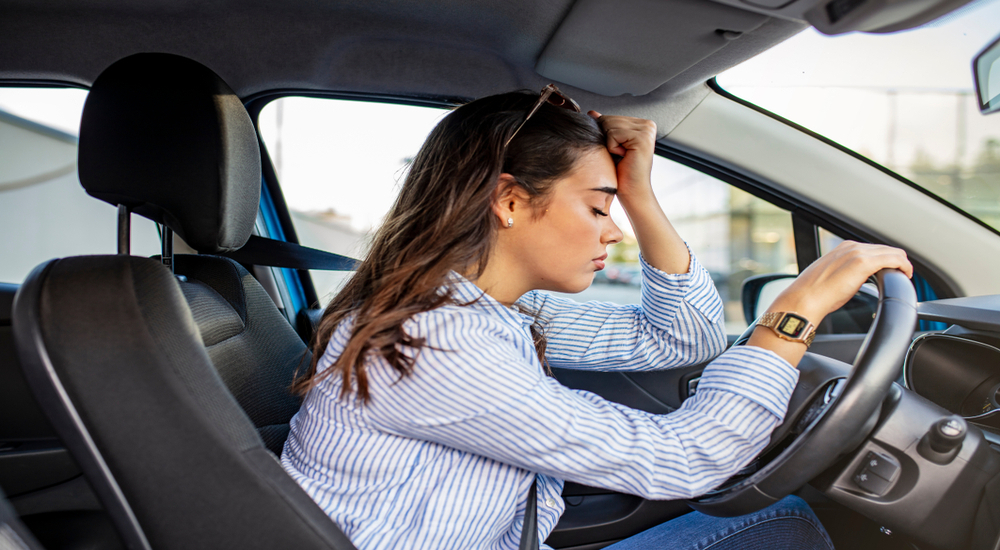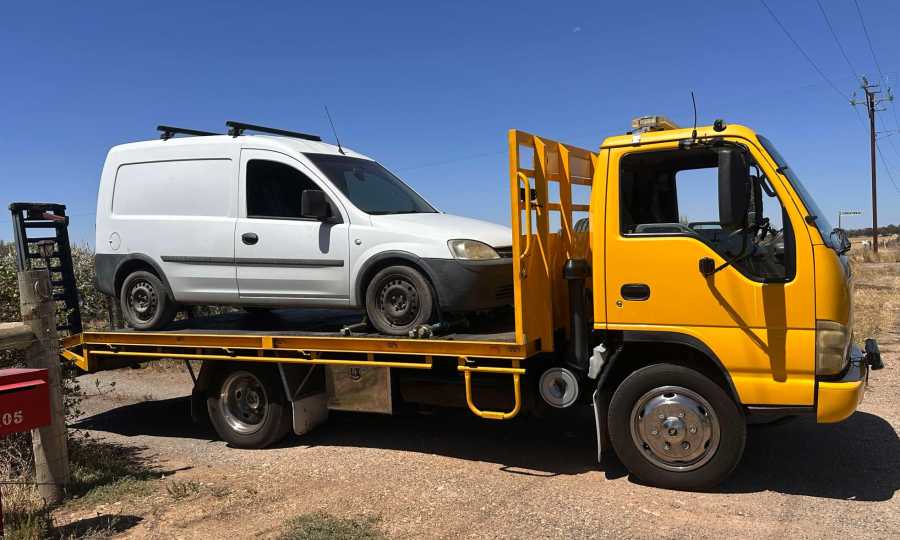Getting behind the wheel for the first time is a big moment, especially in the UAE where driving is more than just transport, it is part of the lifestyle. But with that excitement comes responsibility. Many new drivers, often without realising it, pick up habits that can lead to trouble, whether that means traffic fines, accidents, or unnecessary wear on their vehicles.
Knowing the most common driving mistakes can help you become more confident, safer on the road, and more aware of your car’s needs. Let’s take a look at some of the most frequent beginner errors and how to avoid them.
1. Skipping Mirror and Seat Adjustments
It may sound simple, but failing to adjust your mirrors and seat before starting the car is a major oversight. Poor visibility or uncomfortable posture can affect your control and reaction time.
How to avoid it:
Spend just 30 seconds before each drive checking your rearview and side mirrors. Adjust your seat for a clear view of the road and easy access to pedals.
2. Being Too Confident or Too Nervous
Some new drivers are overconfident and take unnecessary risks. Others drive too cautiously and cause delays or confusion. Both can be dangerous.
How to avoid it:
Practice balanced, defensive driving. Respect speed limits, give others space, and build your experience gradually.
3. Forgetting to Use Turn Signals
Indicators are not optional. Not using them before switching lanes or turning creates confusion and increases accident risks.
How to avoid it:
Make it a habit to signal at least three seconds before making any move. Clear communication keeps everyone safe.
4. Jerky Braking and Acceleration
Sudden braking or rough starts are uncomfortable and wear out your brake pads and tyres faster.
How to avoid it:
Use gentle, steady pressure on both the brake and accelerator. This makes the ride smoother and improves fuel efficiency.
5. Ignoring Tyre Health and Air Pressure
Tyres take a beating on UAE roads, especially with high temperatures. Many new drivers do not realise how important proper pressure and tread condition are for safe handling.
How to avoid it:
Check tyre pressure once a month and always before long trips. Also, inspect tread depth and rotate tyres regularly to keep them in good shape.
6. Driving on the Wrong Tyres
Not all tyres fit every car. Installing the wrong size can affect your grip, speed readings, and overall safety.
Let’s say your vehicle needs a performance fitment like 275/40r20. If you choose a different size or type just to save money, it could affect how your car handles, especially at higher speeds. This size is common on sporty SUVs and sedans where stability and control matter most.
Always stick to the manufacturer’s recommendation when buying new tyres.
7. Not Checking Blind Spots
Mirrors help, but they do not show everything. One of the most common causes of beginner accidents is not checking blind spots when changing lanes.
How to avoid it:
A quick shoulder check before moving lanes can make all the difference. This is especially useful on fast-paced roads like Sheikh Zayed Road or E311.
8. Letting Distractions Take Over
Whether it is your phone buzzing, your playlist skipping, or friends chatting beside you, distractions are dangerous. For new drivers, staying focused is even more important.
How to avoid it:
Use driving mode on your phone. Keep music and conversations calm. Concentrate on building your driving instincts first.
9. Misjudging Distance and Turns
It is easy to misread the space you need for turns, parking, or merging into traffic. This leads to scratched paint, damaged tyres, or worse.
How to avoid it:
Practice in quiet places like empty car parks. Use cones or guides to learn how your car moves and responds to steering.
10. Ignoring Dashboard Warning Lights
When you are new to driving, warning lights can seem confusing or unimportant. But they are your car’s way of telling you something needs attention.
How to avoid it:
Get familiar with your dashboard symbols. Keep your car manual in the glove box or download a digital copy to your phone.
Bonus: Don’t Get Pressured by Aggressive Drivers
Driving in the UAE, you may face tailgaters, sudden lane changers, or high-speed drivers flashing their headlights. Do not let their behaviour push you into making rash decisions.
Stick to your lane, follow the rules, and focus on improving your own skills. Over time, your confidence will grow naturally.
FAQs: Quick Answers for New Drivers
What are the most common mistakes new drivers make?
New drivers often skip blind spot checks, forget to signal, drive distracted, and ignore tyre condition or dashboard warnings.
How can new drivers avoid overconfidence?
Build up gradually. Drive in quiet areas first, stay within speed limits, and do not take unnecessary risks.
Is highway driving safe for beginners in the UAE?
Yes, but only once you’re confident. Stay in the right or middle lane and avoid quick lane changes.
Why is tyre pressure important?
Correct pressure improves grip and fuel use, and it helps prevent blowouts. Even if you do not notice the difference right away, keeping it in check is essential.
How often should tyres be checked?
Once a month is ideal. Also check for wear and uneven tread, which could mean alignment problems.
Conclusion
Starting your driving journey is exciting, but learning from common beginner mistakes will make you a safer and more confident driver. Take care of your car, avoid distractions, and be aware of your surroundings.
Whether you’re squeezing into a tight spot in Dubai Marina or cruising between Emirates, your success on the road comes down to good habits. Drive smart, stay calm, and remember that every experienced driver started right where you are.
If you need a hand choosing the right tyre size or learning how to check tyre pressure, your local experts can help you with the best advice for UAE conditions. Small efforts now will save you big trouble later.






